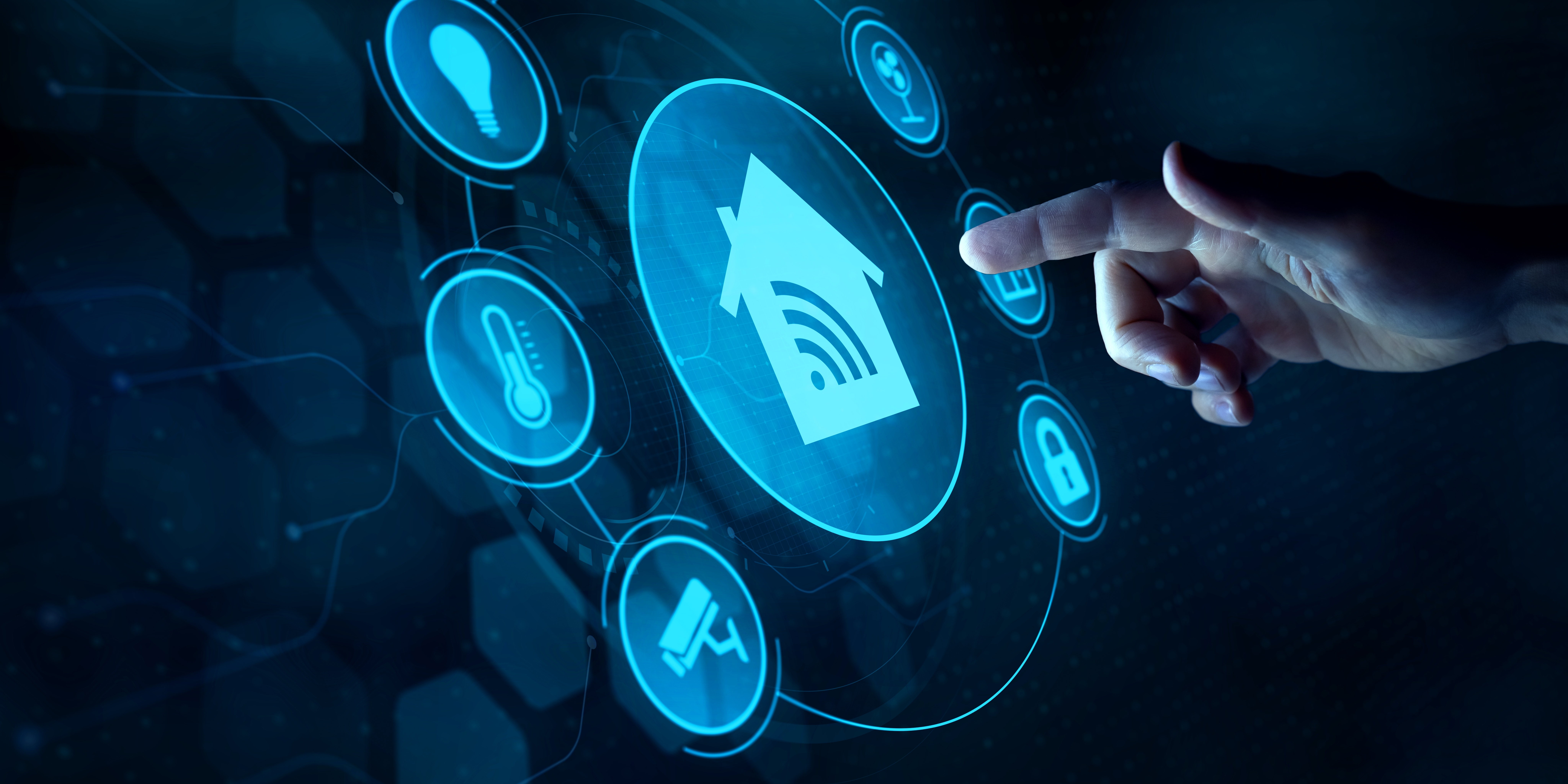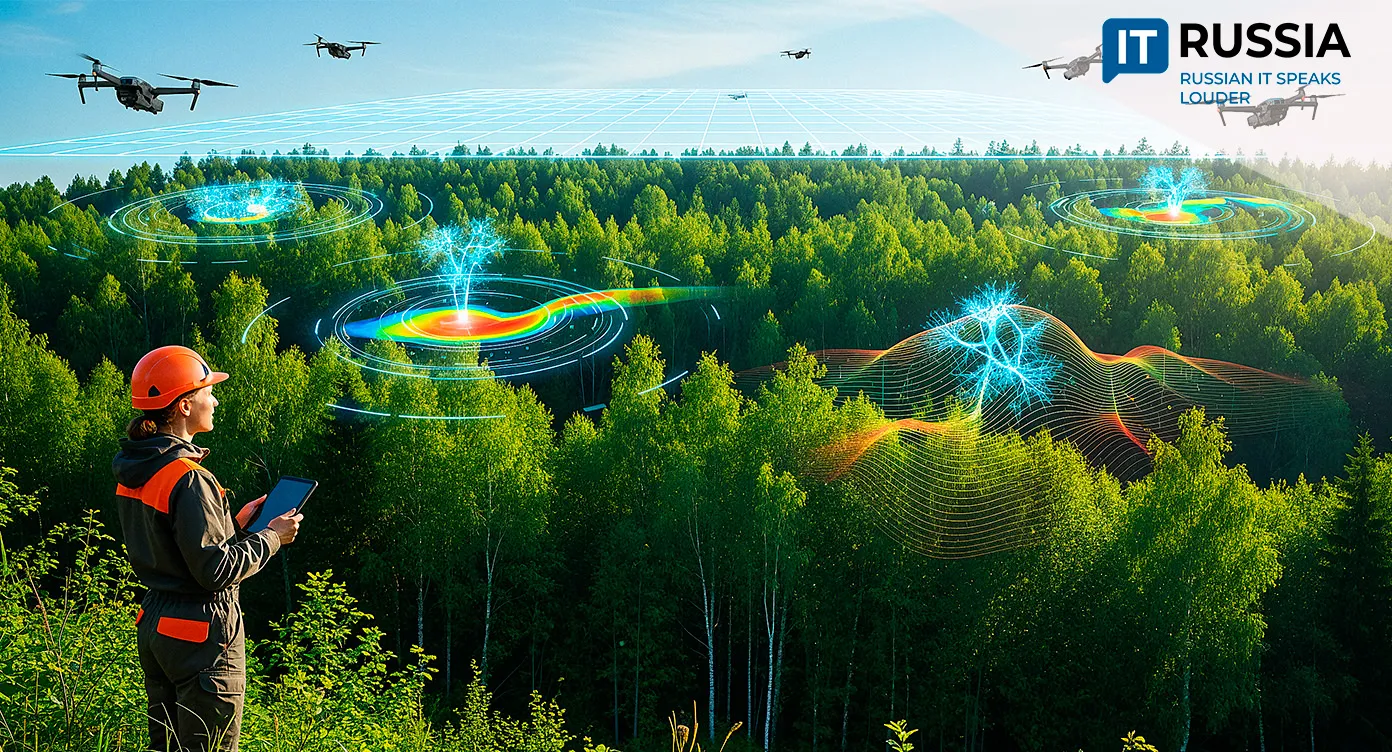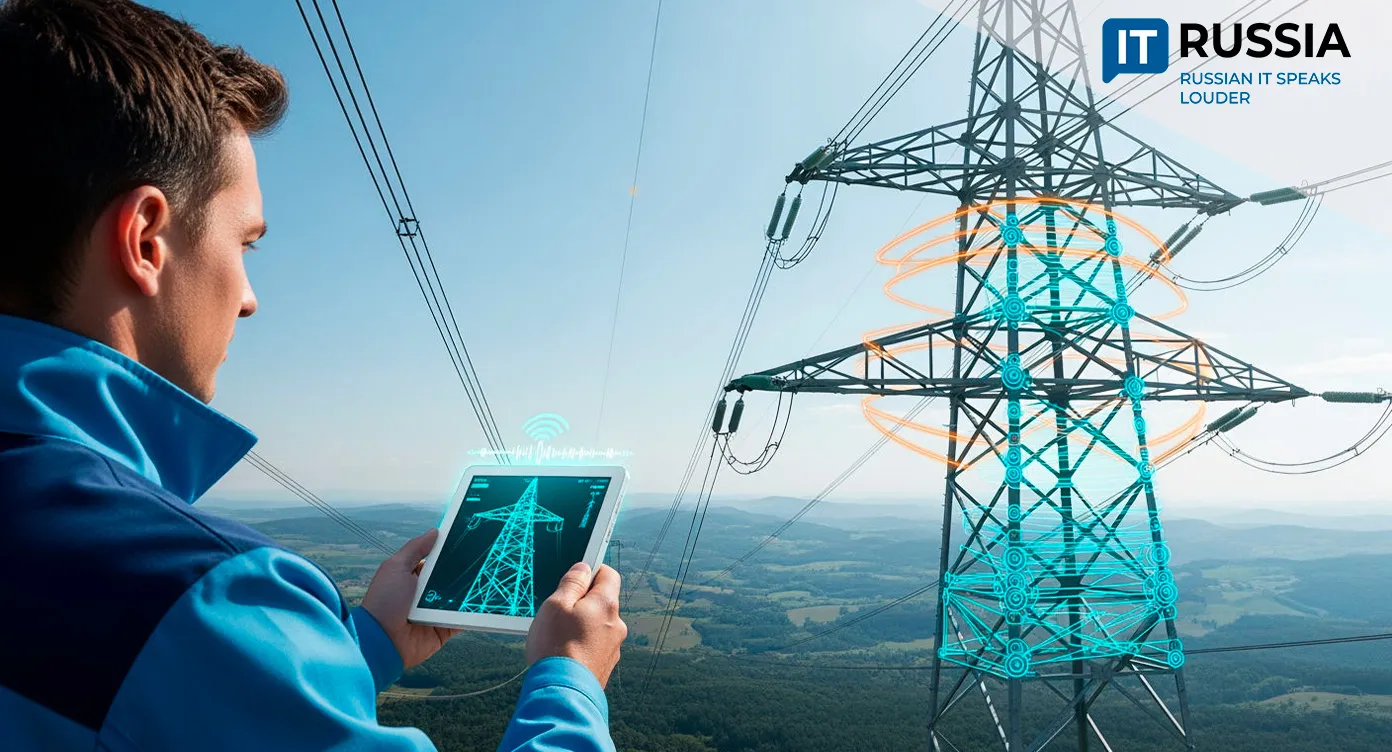Smart Homes, Smarter Threats: Why Security Standards Can’t Lag Behind Innovation

As smart home technology becomes more integrated into daily life the promise of convenience is increasingly matched by the specter of cyber risk. In Russia, where adoption of smart devices is growing rapidly, experts are sounding the alarm about systemic vulnerabilities—and calling for urgent regulation and consumer education.
“Consumers are buying devices they barely understand, and many manufacturers are shipping products with minimal security,” warned representatives from Roskachestvo, Russia’s consumer tech watchdog. “One compromised sensor can become a backdoor to the entire household infrastructure.”
When Convenience Meets Exploitable Code
Take the case of Rubetek Home, a popular Russian smart home platform. A flaw in its mobile app—on both iOS and Android—allowed attackers to access users’ private data and even remotely control connected devices. The root of the vulnerability? An internal diagnostic system that relied on a Telegram bot to relay debug logs to the development team. What was convenient for engineers turned out to be a goldmine for attackers. Although the company issued a patch, the incident underscores how easily convenience-first design can create security gaps.
These flaws are not hypothetical. A breach of a single smart device—say, a thermostat or door lock—can lead to a cascading compromise of surveillance cameras, alarm systems, and connected appliances. Even toothbrushes with embedded sensors, experts say, could be used to infer presence inside the home based on temperature data and network activity.
A Gateway for Crypto Mining and DDoS
Beyond privacy invasions, hijacked smart devices are being conscripted into botnets. Russian cybersecurity analysts report rising cases of smart home tech being used in cryptojacking schemes and large-scale DDoS attacks. Devices are quietly linked into malicious networks that drain electricity and processing power—without users ever noticing.
Data from Russia’s Ministry of Internal Affairs confirms that hackers are actively targeting smart sensors and IP cameras to gain live surveillance of households. This allows criminals to scope out physical intrusions in addition to launching digital ones.
End Users Hold Some Keys
While the risks are real, experts emphasize that proactive users can significantly reduce exposure. Basic cybersecurity hygiene still goes a long way. Recommendations include:
- Replacing default device passwords with complex, unique credentials.
- Enabling two-factor authentication wherever available.
- Routinely installing firmware updates.
- Changing SSID names during setup.
- Using VPN-capable routers to encrypt home traffic.
Critically, users are advised to purchase only from reputable brands with a track record in cybersecurity—and to treat the setup process as seriously as they would a financial transaction.
Infrastructure at Risk
At scale, vulnerabilities in smart home ecosystems pose a threat to physical infrastructure. A compromised heating system or electric grid module within a residential smart system could disrupt energy supply or overload local circuits.
With a growing number of devices, the volume of data exchanged between homes and cloud platforms is exploding. If not encrypted and regulated, this data becomes a prime target—not just for criminal hackers but for state-sponsored actors seeking entry into broader digital infrastructure.
Toward Standardization
One of Russia’s most ambitious responses has been a national smart home cybersecurity standardization program launched in 2023. The initiative includes the development of new technical specifications—such as digital building architecture, secure device communication protocols, and certification frameworks.
The program covers seven core areas, including digital platforms and data exchange requirements. Initially, the regulations will apply to new construction, but retrofit applications for legacy buildings may follow as feasibility studies progress.
The Ministry of Digital Development, Communications and Mass Media is also working with industry leaders to unify standards, aiming to enable cross-vendor interoperability without compromising security.
The Long-Term Outlook
The push for regulation mirrors international trends. As smart homes become de facto infrastructure in residential life, the demand for secure-by-design systems is growing. Russia’s strategy focuses on integrating AI, local data processing, and real-time telemetry management to enhance the resilience of connected systems.
What’s at stake isn’t just personal privacy—but the reliability of core infrastructure systems as digital and physical environments converge. As governments and vendors alike race to define smart home standards, one lesson is clear: without cybersecurity, “smart” quickly becomes a liability.









































